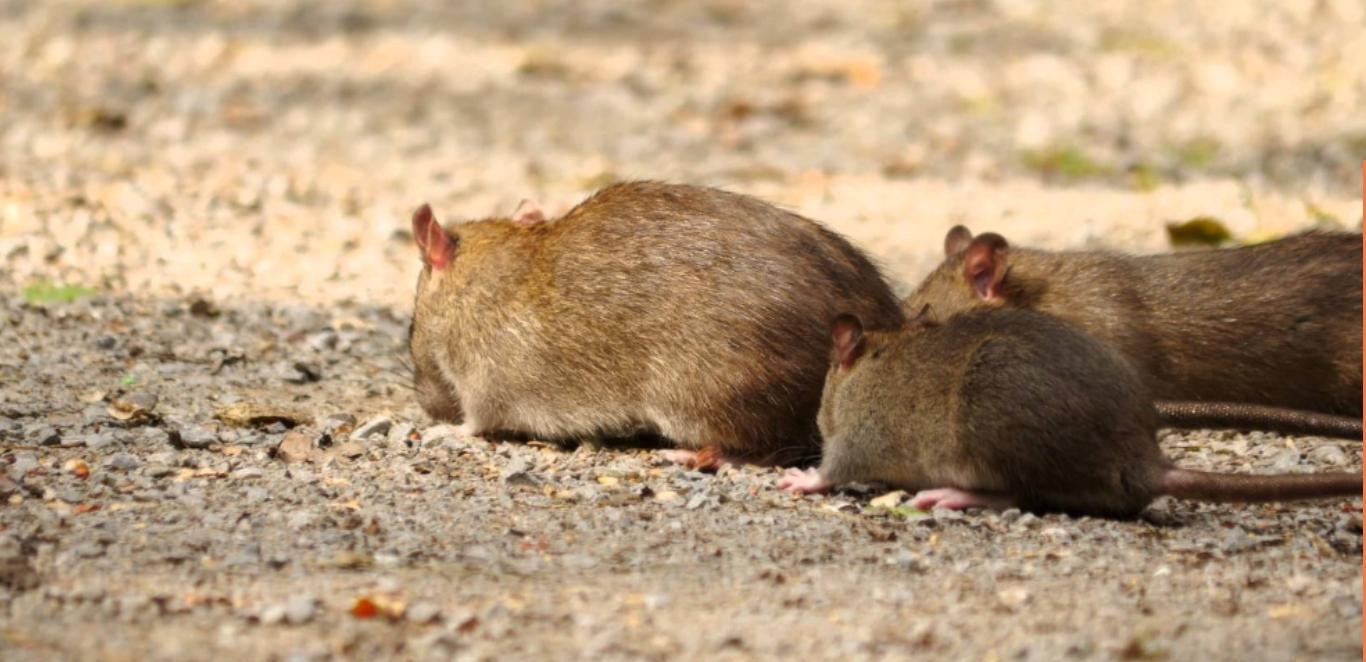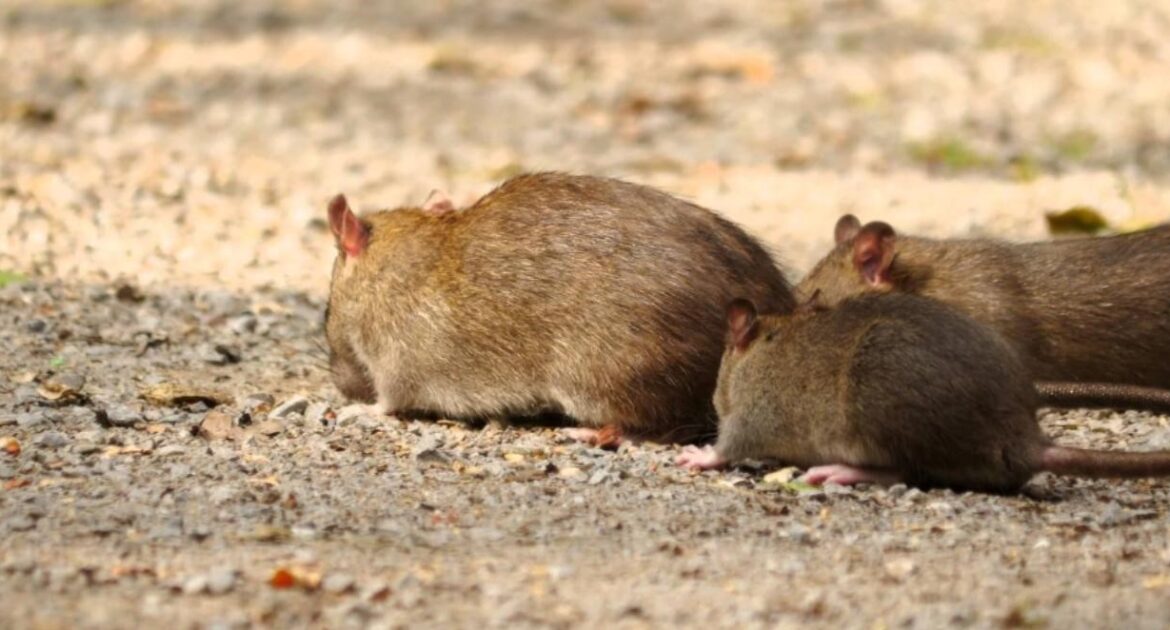Toronto is no stranger to large-scale construction projects. From new transit lines to residential high-rises, the city has been growing at an incredible pace. While these developments bring progress, they also come with an unintended consequence: disruptions to urban wildlife. This has led to a growing issue for many residents: Toronto rat infestations.
If you’re a homeowner in the city, understanding why this is happening and what you can do to protect your home is key. Below, we’ll explain how construction impacts rodent behaviour, the risks of infestations, and smart, humane ways to keep your home protected.
How Does Construction Lead to Rat Infestations?
The connection between urban development and construction and wildlife disruption is clear. Construction activity often disturbs established wildlife habitats, especially where rats typically live—underground. Excavation, demolition, and drilling all play a role in forcing these rodents to relocate.
Rats are resourceful creatures. When their homes beneath the ground are destroyed, they search for new places to settle. Residential areas nearby become prime targets due to the availability of food, water, and shelter.
Toronto has seen a sharp rise in rat sightings, with more residents reporting issues in their homes and yards. According to a recent survey, 92% of Canadian pest control companies have observed increased demand for rodent-related services in urban centres, with Toronto ranking amongst the cities with the most activity.
The problem isn’t unique to Toronto, but our current construction boom intensifies it. Projects, like the city’s new transit expansions, highlight how vital it is for homeowners to take preventive measures.
Why Rats in the Home Are a Serious Issue
Discovering rats on your property is more than just an unwanted nuisance; it poses real health and safety concerns. Toronto rat infestations can come with a range of risks for homeowners, including the following.
Health Dangers
- Rats can carry harmful diseases such as leptospirosis and salmonella.
- Their droppings and urine can contaminate food surfaces and floors, posing threats to vulnerable family members, especially children and pets.
Property Damage
- Rats gnaw continuously to keep their teeth sharp. This behaviour leads to chewed insulation, baseboards, wires, and even drywall.
- Electrical hazards can occur when wiring is damaged. This has potential fire risk implications that shouldn’t be ignored.
Stress and Anxiety
- Spotting a rodent or hearing noises in the walls can quickly create unease within your home. It’s not only disturbing but can also cause stress about the potential damage or the process of addressing the issue.
Acting quickly at the first sign of an infestation is essential for avoiding these risks.
Signs of a Rat Infestation in Your Home
Rats are good at keeping hidden, but there are identifiable signs to watch for that may indicate their presence. Here are a few key clues to look out for around your property:
- Droppings: Small, dark, pellet-like droppings in corners or near food sources.
- Gnaw Marks: Evidence of chewing on wires, wooden furniture, or plastic.
- Noises: Scratching, scurrying, or squealing sounds in your walls, ceiling, or basement.
- Burrows or Nests: Nesting materials near the foundation of your home, including shredded paper or soft debris.
If you notice any of these red flags, it’s time to seek professional support to address the infestation promptly and humanely.
Preventing Rats in Toronto Homes
Protection starts with prevention. While the construction boom is unavoidable, homeowners can still take steps to make their living spaces less inviting to rodents. Here’s how you can get ahead of the problem and avoid Toronto rat infestations.
Seal Entry Points
- Inspect your home for cracks, holes, or gaps in walls, baseboards, and around windows or pipes.
- Use steel wool and caulking to block potential access points.
Keep Garbage Secure
- Food waste is a major attraction for rats. Keep bins sealed with tight lids and store them away from open windows or doors.
- Clean up crumbs and food scraps promptly, including outdoor areas like patios.
Maintain Outdoor Spaces
- Check for overgrown plants, piles of debris, or woodpiles near your property. These create ideal hiding spots for rats.
- Trim hedges and grass regularly to expose potential hiding areas.
Address Moisture Issues
- Fix leaks and ensure proper drainage to avoid water pooling around your property. Standing water sources attract rats seeking hydration.
Following these steps can reduce the likelihood of rats targeting your home. However, if you’re faced with an infestation, it’s important to avoid tackling the problem on your own.
Why Opt for Humane Wildlife Control?
When it comes to solving Toronto rat infestations, hiring professionals ensures the issue is addressed effectively and ethically. At Skedaddle Humane Wildlife Control, we understand the importance of protecting your home while prioritizing humane treatment for displaced animals.
Our approach involves identifying the root cause of the infestation and implementing long-term solutions. This includes thoroughly sealing entry points, establishing barriers, and providing guidance to prevent re-entry, all without the need for harmful or inhumane practices.
With decades of experience in construction and wildlife disruption, our team knows how to address these unique challenges in urban environments like Toronto. Our goal is to bring you peace of mind and restore comfort in your home.
Taking Action Early is Crucial
It’s clear that the city’s development projects won’t be slowing down any time soon, which is why understanding strategies for preventing rats in Toronto homes has never been more important.
By staying vigilant for signs of infestation and adopting preventive measures proactively, you can minimize your exposure to the issues that come with rodent activity.
Have concerns about your home’s safety? Contact Skedaddle Humane Wildlife Control today! We’ve built our reputation by helping families across Toronto ensure their homes stay rodent-free, efficiently and humanely.
Don’t wait for the problem to escalate—reach out to our team and safeguard your home against the impacts of the city’s construction boom. Together, we’ll create a safe, healthy environment for your family.




